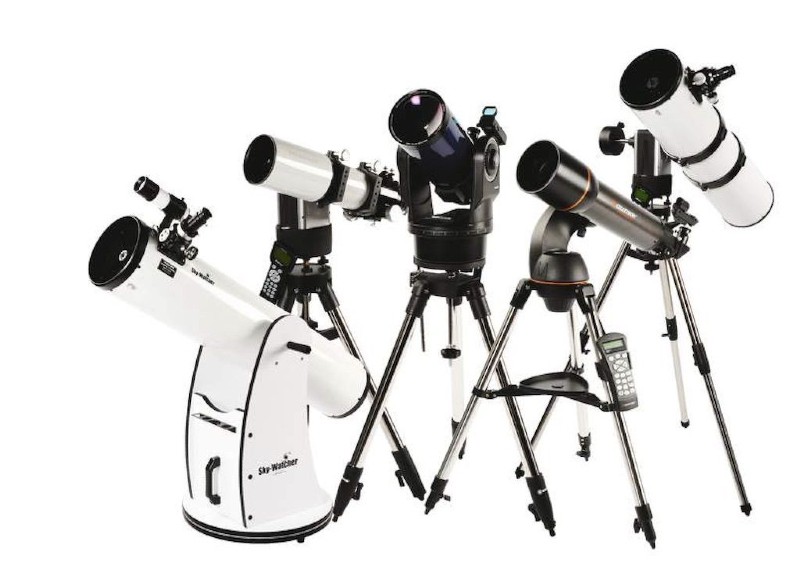Telescopes are one of the best ways to get a better look at the universe. Whether you’re into stargazing or just want to see some cool things from Earth, telescopes can help you see things in the sky that would otherwise be impossible without a telescope.
However, telescopes aren’t cheap and there are many different types of telescopes out there. If you’ve never bought a telescope before, it can be difficult to know which one is right for you. There are also plenty of different features and accessories that come with telescopes that can make them seem more complicated than they actually are.
In this article we’re going to walk through some basic tips for buying a telescope for your first time so that you don’t end up buying something that doesn’t fit your needs or budget.
So how do you buy the right telescope? There are lots of factors to consider:
The first thing to consider when buying a telescope is what you want to see. If you are interested primarily in planets and the moon, a low-power instrument will suffice. Planets and the moon can be seen with any size telescope at low magnification. But if you want to view deep-sky objects such as galaxies, nebulae and star clusters, you’ll need a bigger telescope with more aperture (size) and power. The larger the aperture, the more light that reaches your eye — so more powerful telescopes show more detail in dimmer objects than smaller ones do.
Telescopes come in two basic types: refractors and reflectors. A refractor uses lenses to focus light on an eyepiece; a reflector uses mirrors to achieve the same result. Both types can give excellent views of celestial objects depending on how much money you spend on them, how much light pollution exists where you live and how dark your sky is at night (this last factor is often overlooked by new observers).
Price is probably the most important consideration. If you are buying a telescope as a gift for someone else, it is important that they can afford it. But if you are buying one for yourself, then price becomes less important and you should consider other factors more carefully.
The size of a telescope refers to its aperture (the diameter of its main lens or mirror). The larger this is, the more light it will collect and therefore brighter images will be produced when looking at objects in space or on Earth’s surface. However, larger telescopes tend to be heavier and harder to move around which makes them less portable than smaller ones. So make sure you get one that fits your needs!
If you are looking for perfect telescopes, consider Celestron, a well known brand offering astronomy telescopes, binoculars and more.


